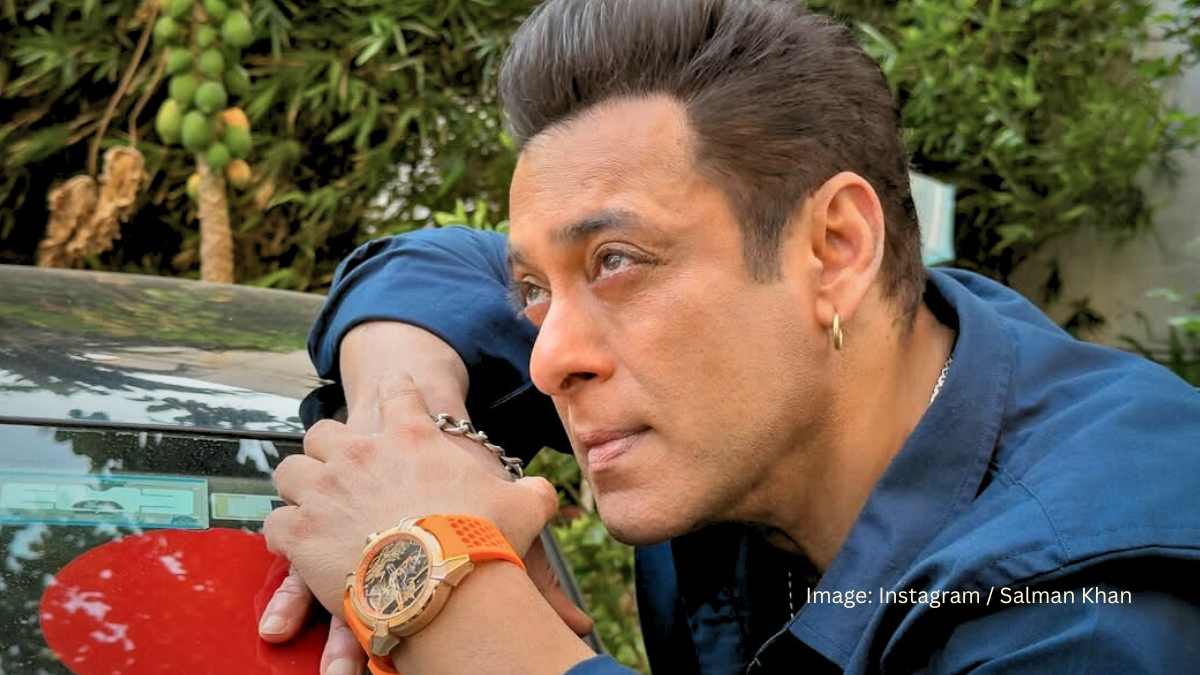CASE STUDY: Why Salman Khan’s PR strategies are a masterstroke in celebrity PR in India
Salman Khan isn’t just a Bollywood superstar — he’s a brand. For over three decades, he has stood resilient through highs, lows, box office blockbusters, and controversial headlines. But make no mistake, this consistency in public appeal isn’t accidental.
It’s seemingly built on calculated moves, traditional media dominance, and razor-sharp PR strategies executed with military precision. His ability to stay relevant, respected, and revered — despite legal cases, industry politics, and endless media speculation — is a masterclass in Indian celebrity public relations.
This case study reveals the PR secrets behind Salman Khan’s sustained popularity and bulletproof public persona.
The transformation from ‘bad boy’ to beloved superstar
In the early 2000s, Salman Khan was labelled Bollywood’s enfant terrible. Legal troubles, industry spats, and aggressive public behaviour once threatened to derail his career. But what followed was not just survival — it was a resurgence.
His PR team seemed to have embarked on a campaign focused on public perception correction. Key interviews with mainstream news channels and business news outlets painted him as misunderstood yet well-intentioned. These weren’t random acts — they seemed timed with his professional wins and charitable initiatives. Every public appearance was tightly controlled. PR tactics ensured the press picked up stories of his humility, generosity, and professionalism.
The narrative flipped. Instead of scandal, the media began covering his generosity, his loyalty to friends, and his philanthropic efforts. Carefully structured interactions, along with recurring news features, created a layered image of a superstar who was grounded, compassionate, and driven.

Reframing controversy with strategic media outreach
Salman Khan’s career has seen intense scrutiny, especially around high-profile legal battles and personal controversies. But what sets him apart is how his PR machinery seems to have consistently softened the blow.
Damage control wasn’t about hiding — it was about redirecting. When major controversies erupted, the PR activity seemed to have leveraged the reach of mainstream news media to distribute statements and context before the noise spiralled.
Instead of letting news cycles control the narrative, his PR activity seemed to have often released exclusive interviews and placed feature stories that contextualised the events from his perspective.
Media houses like business and tech portals highlighted his production ventures and market impact, creating distraction through value-driven headlines. Meanwhile, lifestyle publications picked up human interest stories — from his fitness routines to charity work — diluting the negative sentiment with inspiring content.
This method of reframing the narrative ensured that public memory focused more on redemption than controversy.

Generating goodwill through charitable positioning
Being the face of ‘Being Human’ wasn’t just a philanthropic act. It was one of the most strategic moves in Indian celebrity PR. The brand not only raised significant funds for education and healthcare, but also aligned Salman’s image with credibility and compassion. PR coverage of his charitable work was published time and again on lifestyle news platforms, ensuring regular positive press.
From hosting medical camps to funding surgeries, each act of kindness became a headline — not due to self-promotion, but seemingly due to strategic PR positioning. The media stories often seemed timed around film releases or during phases of legal stress, ensuring a balance in sentiment.
The outreach didn’t end with charities. Press coverage of his behind-the-scenes mentoring of young talent in the film industry, especially during the launches of actors and singers under his banner, added another layer to his brand — that of the benevolent kingmaker.
Strategic use of film promotions on mainstream platforms
Salman Khan’s film promotions are media case studies in themselves. Unlike many celebrities who restrict promotions to film magazines and entertainment portals, Salman ensured coverage across sectors. Tech websites covered the distribution technologies and satellite rights deals surrounding his films. Lifestyle sites reviewed his fashion in promotional appearances, contributing to consistent cross-industry media saturation.
This widened the audience base and attracted attention beyond just film lovers. It has positioned Salman not just as an actor, but as a commercial juggernaut whose brand influenced markets, trends, and lifestyle choices.
Controlled accessibility and mystique maintenance
While many stars overexpose themselves, Salman’s PR strategy is defined by selectivity. His media interactions are few but powerful. He seldom reacts publicly, and when he does, it’s via exclusive stories on credible platforms. This controlled accessibility keeps interest levels high and gives his statements greater weight when they are finally made.
This mystique is maintained through traditional PR principles — strong gatekeeping, limited interviews, and orchestrated press moments. The consistent focus is on projecting confidence, grace under fire, and dominance in the industry without resorting to overexposure.
PR that turns pressure into power
Salman Khan’s PR strategy is the gold standard in Indian celebrity management. It is built on traditional media foundations, not gimmicks. From reshaping his image to managing crises, from promoting films across varied platforms to highlighting his humanitarian efforts, he has shown how to turn every challenge into an opportunity.
His journey proves that sustained relevance in Bollywood doesn’t depend on luck. It requires an unshakable PR strategy, mastery over media placement, and a relentless focus on public sentiment. For upcoming stars and established names alike, there is no better playbook than the one Salman Khan follows.

